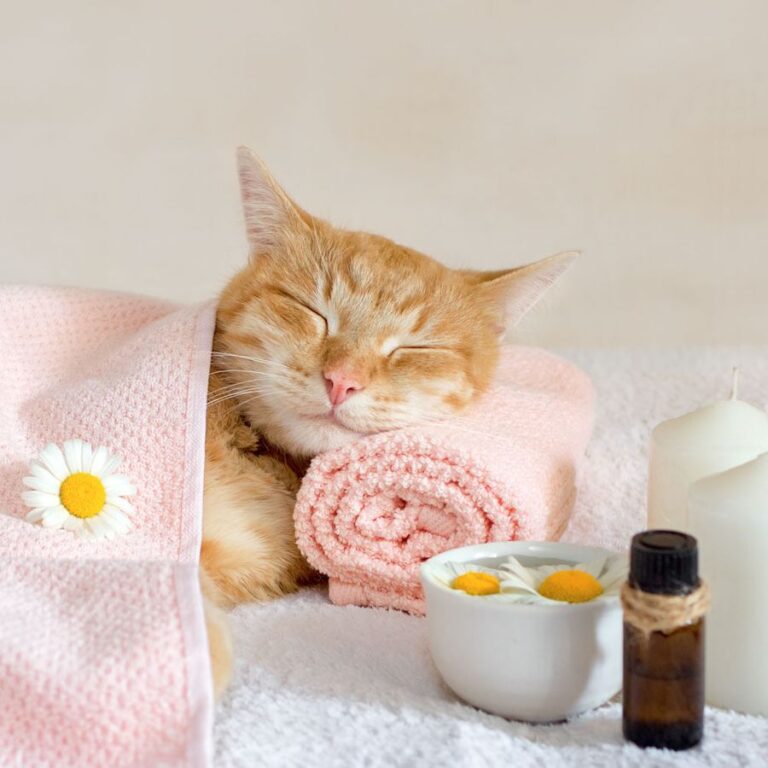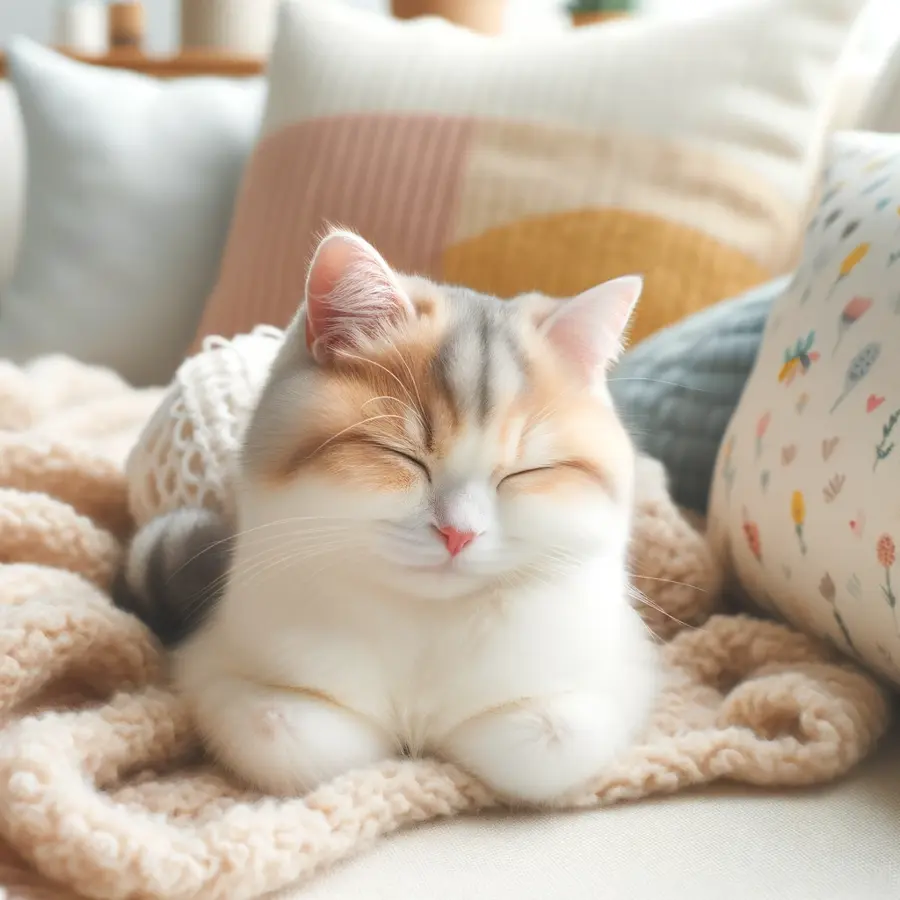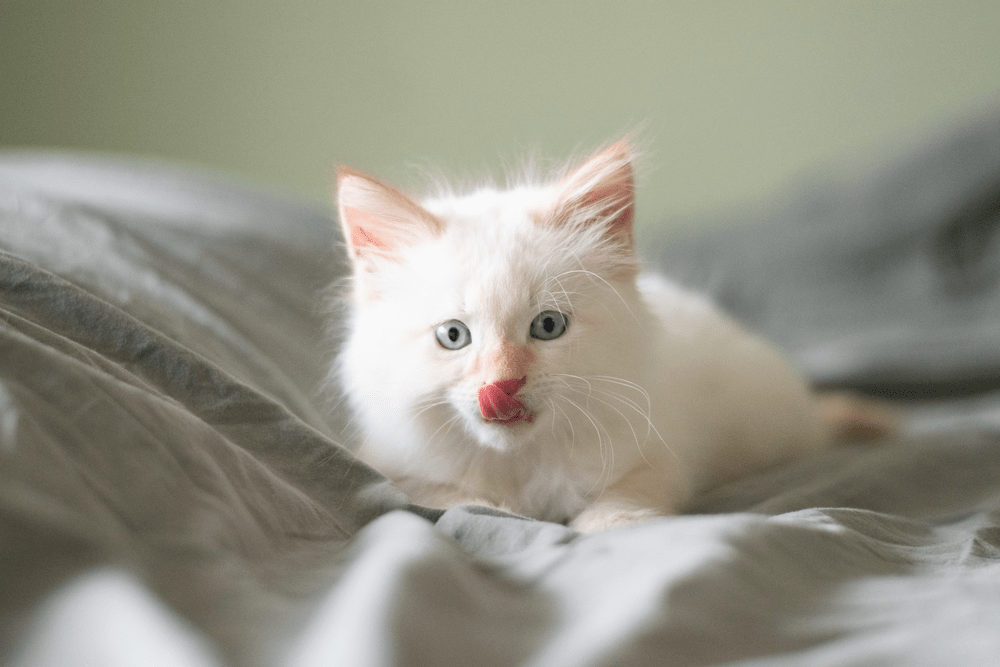Are Hairballs Normal?
Are Hairballs normal? How does hairball cat food work and does it actually help to reduce the development of hairballs? If you are the proud parent of a cat, chances are you’ve seen your cat vomit up a wet clump of hair (hairball). For the most part, hairballs are not considered a big deal by pet parents. Partly because they are a common occurrence and partly because for the most part your cat will vomit a hairball and go on with their business.
Talk To Your Vet About Hairballs
But should you dismiss your cat’s hairballs as just an annoying involuntary act? The short answer is no. Vomiting in cats should never be taken lightly and you should always inform your vet. Although hairballs in cats are quite common, they are not “normal” and should still be perceived as a red flag in your cat’s overall health.
According to – Cats Only Veterinary Hospital , “vomiting up a hairball is not a normal cat’s physiological process and that vomiting hairballs is a clinical sign that something is wrong with the GI tract.” The GI Tract is designed to allow hair to pass through. So, if a cat is throwing up hair rather than it passing through their system, it may indicate a bigger issue. Many Cat parents will seek out treatment in the form of specially formulated cat food diets which are rich in Fiber. Many Veterinarians will disagree with hairball diets and will recommend finding the underlying cause.
What Is a Hairball?
When cats groom themselves they often swallow loose hair from their coat. The hair cannot be digested properly and ends up sticking together and forming a hard lump (hairball) inside of the stomach. Hairball issues are more common among long haired cats. In fact, hairballs in shorthaired cats are a serious cause for concern and should be addressed by your vet.
Signs Of Hairballs
Cats who develop hairballs will often show clear signs. The most common signs are vomiting hairballs and overgrooming. You may notice vomit containing clumps of hair covered by mucus, saliva, or mixed in with semi digested food. Hairballs can also be seen in the cat’s stool. This is a sign that the GI tract is working correctly at helping the hair move along. In my Professional experience cats with severe hairball conditions displayed signs of constipation and straining during defecation.
Often, the stool would contain clumps of hair inside of it and would consist of abnormally thick mucus with blood spots. Cats with severe hairball conditions often revealed other health conditions such as inflammation, urinary issues, fleas, and bone issues.
Note: There are many health reasons why you may see mucus and blood in your cat’s stool, not just in extreme hairball conditions.
How Do Cats get Hairballs?
Cats develop hairballs by grooming themselves, grooming other cats and eating all kinds of fluffs around the house. Diets with insufficient fiber levels may also contribute to hairball accumulation inside of the gut. We’ll touch on that again a bit further in the article.
How to Manage Hairballs
As mentioned earlier if your cat is vomiting hairballs, it may be a sign of an underlying health condition that is causing your cat to overgroom. When cats feel pain and or stress, they will groom themselves more frequently because grooming makes cats feel very good. As the cat grooms more frequently, they pick up more hair, the clumps then become too large and irritate the gut resulting in hairball vomit.
~ a shag carpet’s worst nightmare ~
Routine Brushing
Routine brushing and grooming will help to keep hairballs at bay. Sometimes the cause and solution are as simple as regular grooming and brushing. We know that long haired cats develop hairballs easier due to their longer coat. The trick is to brush the coat frequently and remove any loose hair that would otherwise be picked up when it is licked.
Another effective solution is trimming the coat several lengths shorter. This solution is better for people with hectic schedules who can’t always find the time to brush their cat. When grooming and brushing your cat you need to equip yourself with the proper tools.
There are many brushes available and knowing which brush to use will make your grooming experience more effective and quicker.
People have a lot of success with Pin type brushes. Pin Brushes are especially effective on long haired cats. The cat’s hair tangles into the pins of the brush more effortlessly whereas short hair is much more difficult to pick up with the brush. An undercoat brush like the FURminator is somewhat of a miracle tool. When used correctly the FURminator can remove the loose undercoat as well as any loose top fur. After a short brush session, my cat Roxi looks half her size.
Many pet parents prefer to use specialty hairball control type cat foods to alleviate hairball symptoms. These types of diets are not recommended and are ineffective at treating hairballs. Why do pet food companies continue to sell hairball control food if it isn’t recommended or effective?
When you get a stone inside of your shoe, do you take your shoe off and jiggle the stone out, or do you take a pain killer to subside the pain of the stone scraping against your foot? The fibers packed into hairball control food will allow the hair to pass through your cat’s digestive system. Fine, great. But the point is that cats should not be swallowing so much hair that it causes hairballs in the first place. Plain and simple.
SO…
Are hairballs Common?
Yes, hairballs are very common in long haired cats. Most of the time, they can be managed with regular grooming and brushing.
Are Hairballs Normal?
No. Hairballs are not normal and “vomiting up a hairball is not a normal cat’s physiological process.” Vomiting hairballs is a clinical sign that something is wrong with the GI tract. If your pet develops more than two hairballs per year, you should consult your vet.
Do Healthy Cats Develop Hairballs?
Yes, if your cat received a clean bill of health from the Vet but still develops hairballs, the best solution might be to take a different approach to the way you groom and brush your cat.
Check out – Tips For Brushing Your Cat And Why You Should – By: Preventative Vet, who Says that cats should be brushed every day or every other day. I know, that’s a lot, but not really if you think about it. How often do you brush your hair? (put your hand down Jeff Bezos) Cats require the same daily maintenance when it comes to their coats.
As mentioned before, you have the option of turning your long haired cat into a short hair cat with one quick call to the mobile groomer.
Fun Fact:
According to – askmycats.com
“A cat’s fur should grow back fine if he’s fully shaved or given a specialized lion trim. Fur will take four to six months to regrow fully in long-haired cats.” Trimming your cat’s coat is kind of a no brainer if you’re a super busy human but still care and love your cat very much. Short hair cats require less maintenance in terms of grooming. This might be the most fitting solution to prevent hairball buildup.










